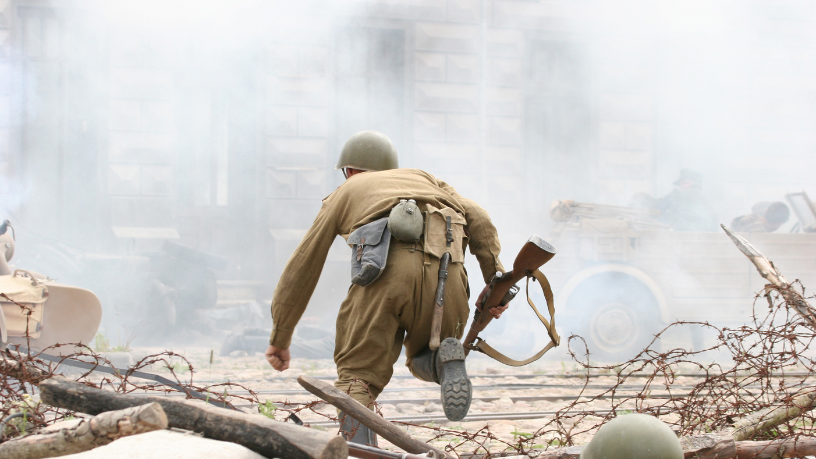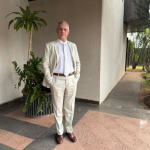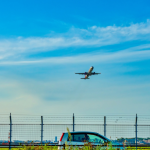The death in Gaza of Hossam Shabat stunned the journalism world on March 25, 2025. According to The Washington Post, the 22-year-old Palestinian reporter was killed by an Israeli airstrike while covering the conflict in northern Gaza. Shabat, known for his raw Instagram posts and work with outlets like The Nation, had become a vital voice amid the war. The death in Gaza of journalists like him raises questions about the safety of those documenting the front lines. His final video, posted hours earlier, showed drones over Beit Lahia. The silence that followed echoes as a cry for justice.
The death in Gaza of Shabat was not an isolated case. Since October 2023, at least 121 journalists and media workers have lost their lives in the conflict, per the Committee to Protect Journalists. Israel claims it does not target reporters intentionally, but investigations suggest Shabat was hit by a missile while wearing a press vest. The death in Gaza of media professionals occurs amid a military siege and humanitarian blockades. Human rights groups demand independent probes. Losing voices like his deepens the region’s information crisis.
Shabat’s journey reflects the death in Gaza as a symbol of resistance. Born in Beit Lahia, he began reporting on daily life in the war in 2023, amassing thousands of followers with unfiltered, direct videos. His coverage, often in English, reached global audiences, offering an insider’s view of the destruction. The death in Gaza of Shabat cut short a promising career that challenged official narratives. Friends and colleagues describe him as brave and tireless. His work exposed the human cost of the conflict.
The death in Gaza of journalists like Shabat is rooted in a prolonged conflict. The strike that killed him came during an Israeli offensive against Hamas targets in northern Gaza, where civilians and reporters remain exposed. The region, under blockade for years, faces a humanitarian collapse, with 43,000 dead since 2023, according to local authorities. The death in Gaza of Shabat underscores the risks of operating in war zones without adequate protection. Organizations like Reporters Without Borders condemn the lack of safeguards for the press. The line between combatant and civilian grows ever thinner.
The impact of the death in Gaza of Shabat rippled across social media. His 260,000 Instagram followers mourned the loss, sharing clips from his final videos. Support poured in from American journalists and activists who saw him as a bridge to understanding Gaza. The death in Gaza of such a connected figure amplified calls for safety in war journalism. Followers urge his legacy to spark change in reporter protection. The hashtag #JusticeForHossam gained traction online.
The death in Gaza of Shabat also exposes systemic flaws in conflict coverage. With no foreign journalists in Gaza since the war began, local reporters like him bore the weight of informing the world. Precarious equipment and limited internet access further complicate the task. The death in Gaza of essential voices leaves gaps in the global narrative. Experts fear forced silence will distort understanding of the region’s reality. Shabat was a light amid chaos, now extinguished.
Israel faces growing criticism after the death in Gaza of Shabat. The government says it is investigating the incident, but the lack of concrete outcomes in prior cases fuels distrust. Palestinian authorities and international groups accuse Israeli forces of deliberately targeting journalists, a claim Tel Aviv denies. The death in Gaza of Shabat reignites debate over accountability in war zones. Without accountability, the cycle of violence against the press persists. The global community presses for clear answers.
In the end, the death in Gaza of Hossam Shabat is more than an individual tragedy; it’s a warning. His work revealed the brutal reality of a besieged people, and his loss underscores the cost of telling those stories. The death in Gaza of journalists like him demands action to protect those who risk everything for the truth. As drones continue to hover over Beit Lahia, Shabat’s silence resonates as a call for reflection. His legacy lives on in the images he left behind. May his voice, though stilled, inspire change.
Author: Vânia Quimmer
Source: Assessoria de Comunicação da Saftec Digital





